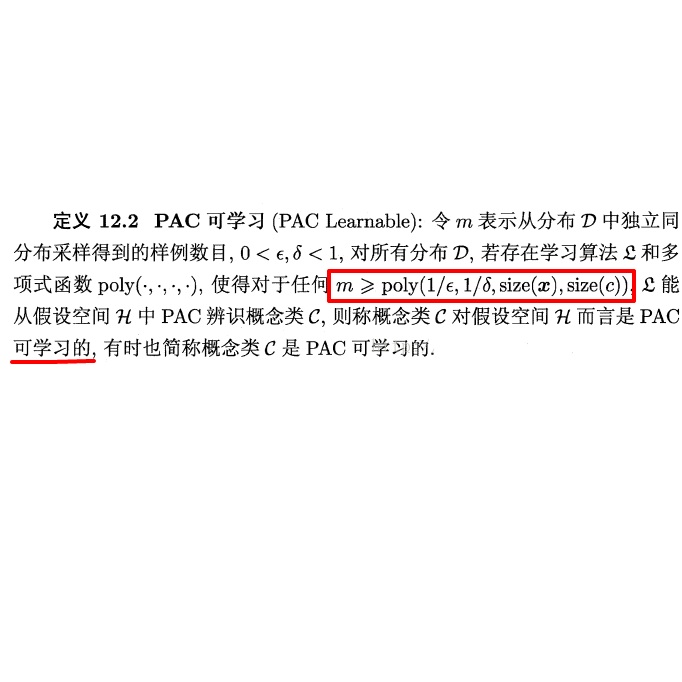Most work in the area of learning theory has focused on designing effective Probably Approximately Correct (PAC) learners. Recently, other models of learning such as transductive error have seen more scrutiny. We move toward showing that these problems are equivalent by reducing agnostic learning with a PAC guarantee to agnostic learning with a transductive guarantee by adding a small number of samples to the dataset. We first rederive the result of Aden-Ali et al. arXiv:2304.09167 reducing PAC learning to transductive learning in the realizable setting using simpler techniques and at more generality as background for our main positive result. Our agnostic transductive to PAC conversion technique extends the aforementioned argument to the agnostic case, showing that an agnostic transductive learner can be efficiently converted to an agnostic PAC learner. Finally, we characterize the performance of the agnostic one inclusion graph algorithm of Asilis et al. arXiv:2309.13692 for binary classification, and show that plugging it into our reduction leads to an agnostic PAC learner that is essentially optimal. Our results imply that transductive and PAC learning are essentially equivalent for supervised learning with pseudometric losses in the realizable setting, and for binary classification in the agnostic setting. We conjecture this is true more generally for the agnostic setting.
翻译:暂无翻译


